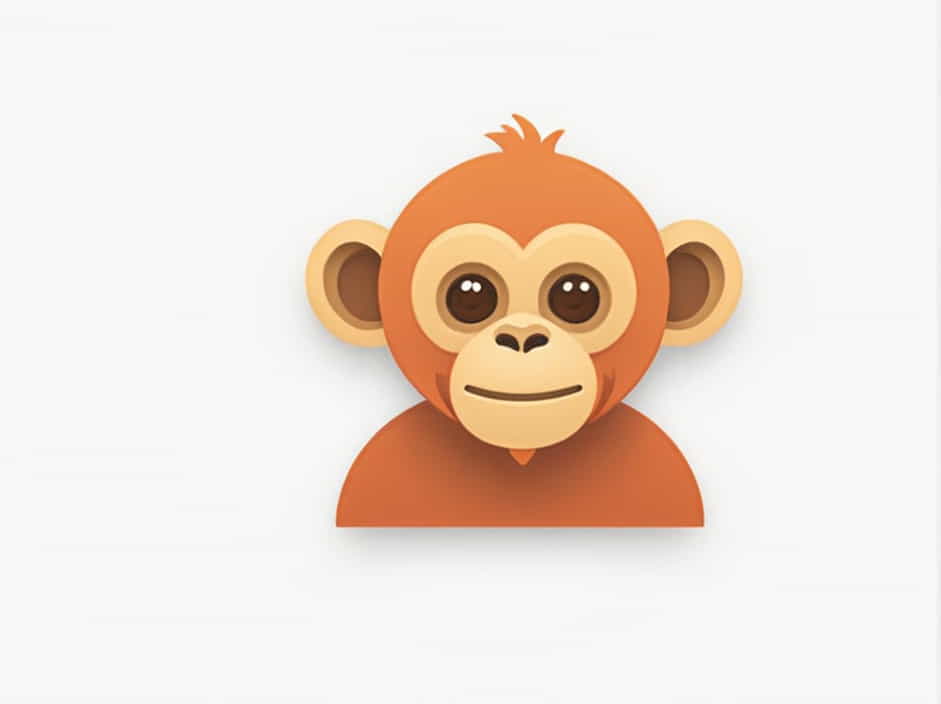Nonhuman primates, such as chimpanzees, bonobos, and macaques, exhibit behaviors that resemble aspects of human culture. Scientists have long studied these behaviors to understand how traditions, knowledge, and social practices are passed down through generations. But what exactly is nonhuman primate culture, and why is it important?
What Is Nonhuman Primate Culture?
Nonhuman primate culture refers to learned behaviors, traditions, and practices that are shared within a primate group and transmitted across generations. Unlike instinctive behaviors, cultural traits are acquired through social learning, such as imitation and observation. These behaviors can vary between different primate groups, even among the same species, demonstrating that primate culture is influenced by environmental and social factors.
Characteristics of Nonhuman Primate Culture
- Social Learning – Young primates learn from older group members through observation and imitation.
- Group-Specific Traditions – Certain behaviors are unique to specific primate groups and are not seen in others.
- Transmission Across Generations – Cultural behaviors persist as they are taught to new members of the group.
- Adaptation to Environment – Learned behaviors help primates survive in their specific habitats.
Examples of Nonhuman Primate Culture
Tool Use in Chimpanzees
Chimpanzees are known for their ability to use tools to obtain food. Some groups use sticks to extract termites from mounds, while others use stones to crack open nuts. These behaviors are learned and passed down through generations, making them a key example of primate culture.
Grooming Rituals in Macaques
Grooming is an essential social activity among primates, strengthening bonds and maintaining hygiene. Some macaque groups have unique grooming techniques that differ from other groups, showcasing cultural variation.
Stone Handling in Japanese Macaques
Japanese macaques have been observed playing with stones, a behavior that serves no immediate survival function but is passed down among individuals. This suggests that primate culture can extend beyond practical survival skills and include social or recreational activities.
Food Washing in Japanese Macaques
One of the most famous examples of nonhuman primate culture is the sweet potato washing behavior observed in Japanese macaques. This behavior originated when a young female macaque washed sand off her food in water, and over time, other members of her group adopted the practice.
How Nonhuman Primate Culture Is Studied
Researchers study primate culture by observing different groups in the wild and in captivity. Key methods include:
- Long-Term Field Studies – Scientists observe primates over many years to document cultural changes.
- Comparative Analysis – Different primate populations are compared to identify cultural differences.
- Experimental Studies – In controlled environments, researchers introduce new behaviors to see if they spread within a group.
Why Is Nonhuman Primate Culture Important?
Understanding Human Evolution
Studying primate culture helps scientists understand the origins of human cultural behaviors. The ability to learn, teach, and pass down knowledge is a critical part of human evolution, and similar processes in primates offer valuable insights.
Conservation Efforts
Recognizing that primates have unique cultural traditions emphasizes the importance of protecting their habitats. If a primate group is displaced or fragmented, their cultural knowledge may be lost.
Advancing Animal Cognition Studies
The study of nonhuman primate culture contributes to our understanding of animal intelligence and social structures, challenging the notion that culture is unique to humans.
Nonhuman primate culture is a fascinating area of study that sheds light on the social learning, traditions, and intelligence of our closest relatives in the animal kingdom. From tool use to grooming rituals, primates demonstrate behaviors that are passed down across generations, proving that culture is not exclusive to humans. As research continues, scientists will uncover even more about the complexities of primate societies and their similarities to human civilization.
